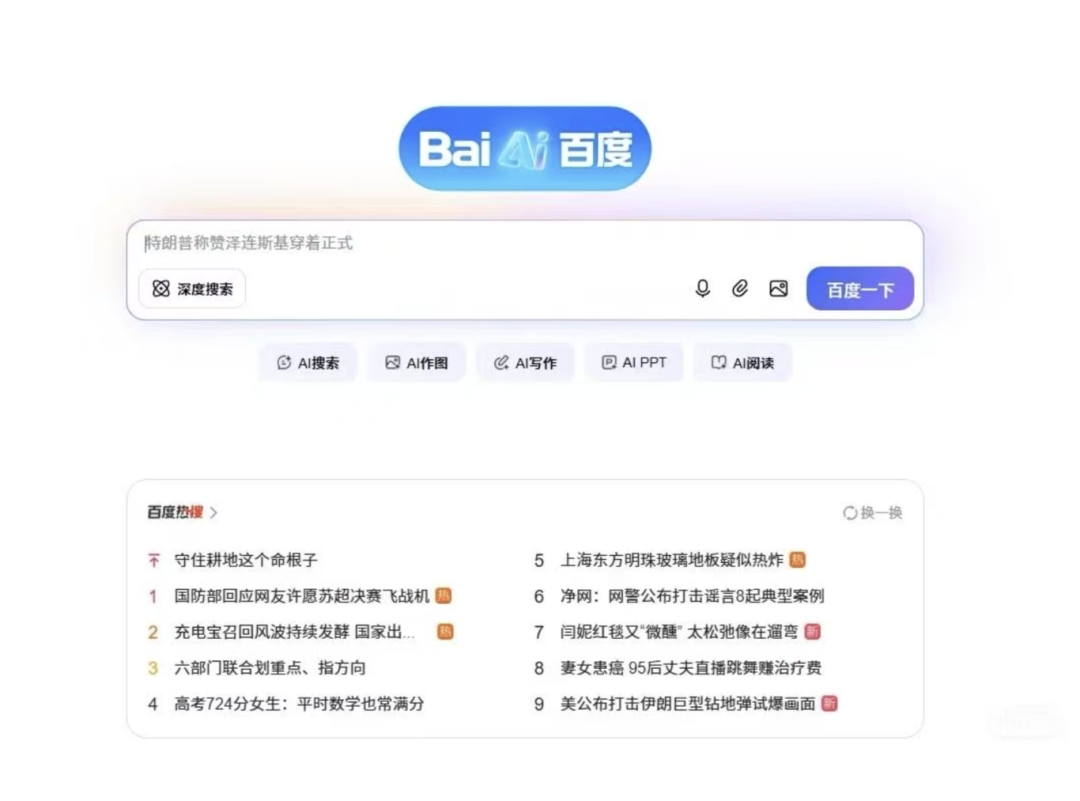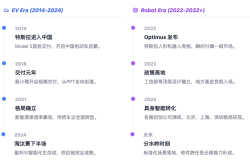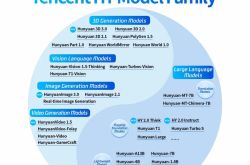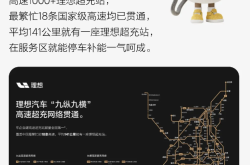Has Baidu's Search Box Undergone a Transformation, Signaling a Major Shift?
![]() 07/02 2025
07/02 2025
![]() 695
695
 This marks the 932nd original article by Deep Dive Atom
This marks the 932nd original article by Deep Dive Atom
AI Dialogue Box Redefines Search Logic
The Multimodal Era Accelerates
Author: Yang Xiaoxian
Editor: Deep Dive Atom Studio
Have any observant internet users noticed that Baidu's search box has expanded? This subtle change occurred last Saturday. It remains unclear whether I am among the early adopters of this grayscale release or if this alteration will soon be rolled out to all users. Comparing it with my spare phone, I found no changes in the Baidu App there.
Initially, I was somewhat taken aback by the change. However, I soon realized that this wasn't merely a UI adjustment; it signaled a fundamental shift in Baidu Search's entire product logic.
The "enlargement" of the search box allows for more content input, catering to long-text searches.

This signifies that search has transitioned from the "keyword" era to the AI era. Previously, actively searching for content required extracting keywords, inputting them into the search box, and sifting through numerous results to find the desired one. If these "keywords" couldn't be extracted, the search intent would be thwarted. Now, users can directly input their needs, leaving the interpretation and extraction of search intent to AI.
While some may argue that these capabilities have long been available in ERNIE Bot, integrating the AI dialogue box with the search box remains a bold move. Within the industry, there's a prevailing belief that AI and search results can easily compete commercially, leading to a distinction between AI and search products. However, Baidu has directly integrated an AI dialogue box into its core search product.
This lowers the barrier to entry for search, making technology more accessible to users. In the original mobile internet era, it was commonly believed that users consumed whatever content reached them, unaware of their own needs. For most users, they were in a state of passive information consumption, with active search behavior and consciousness suppressed.
Now, the balance has shifted. Users can directly input their needs into the search box and receive relevant "search" results. This "active search" holds greater commercial and emotional value, stimulating users' creativity and curiosity, and helping to break down information silos.
For most ordinary users, understanding these product logic changes isn't necessary; user-friendliness is sufficient. The concept of "searching" or "Baidu-ing" for information is deeply ingrained. The expanded search box seamlessly accommodates their search and inquiry needs.

After the Spring Festival, DeepSeek excited the entire AI industry, with various AI large models integrating with it. This can be seen as AI products embracing DeepSeek. Simultaneously, DeepSeek cooled the trend of stacking computing power. For a time, major AI companies urgently needed to address how their products could be specifically implemented. Against this backdrop, a new dynamic emerged: AI benefits large companies with comprehensive product and business ecosystems, potentially hindering smaller ones.
At this juncture, Baidu's introduction of these product upgrades and revisions is timely.
The change isn't merely superficial, like the enlargement of the search box. The entire search's output capabilities have been enhanced, presenting the most useful content in the most suitable multimodal rich media format.
It's foreseeable that Baidu aims to reshape the capabilities and value of search as an entry point by leveraging it.
For instance, in daily scenarios, users can inquire about nearby restaurants, distances, ratings, etc., with high-quality agents and digital humans explaining required content and introducing restaurants.

With AI support, the search's sensory capabilities ("eyes, ears, nose, tongue, body, and mind") will be significantly enhanced. Our commonly used image search will become more user-friendly and adaptable to various scenarios. While traveling, users can open Baidu Search, enable the camera function, and request a "tour guide" explanation, even while engaging in dialogue and communication.
Post-AI explosion, discussions on its usage often revolved around a strong "work-centric" focus, either creating anxiety about job replacement or rushing towards productivity tools.
This Baidu Search revision represents a technological equalization, allowing everyone to use AI and search with a low threshold, making AI more enjoyable and practical.
As a content creator, while criticizing the "work-centric" atmosphere in the AI product field, I couldn't help but feel excited about Baidu Search. Indeed, I found that on the web end, Baidu has launched the Baidu AI Intelligent Creation Center, which might have been there for a while, unnoticed by me.
Considering Luo Yonghao's "livestreamed" digital humans, if this capability is delegated, video creators' production efficiency will undoubtedly skyrocket.
The changes I've observed so far are merely glimpses, as the product is still in grayscale testing. However, Baidu Search's trends and visions are clear: to pioneer the breaking of the industry's "reproductive isolation" between search and AI, making search the optimal scenario for AI application implementation, and satisfying users' needs at all levels.
I hope my analysis and predictions prove true. It's indeed time for Baidu Search to evolve!







